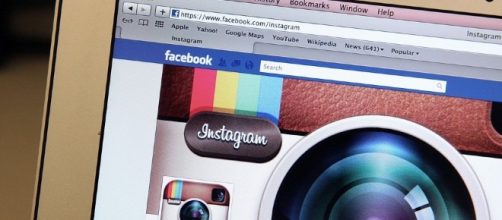Instagram, a photo-sharing application, was created by Kevin Systrom and Mike Krieger and launched in 2010. The service was initially only available for the iOS system, but still gained one million registered users within only two months. The app was acquired by Facebook in 2012. Today, it is growing at a fast rate with over 700 million users, and is well on the road to becoming the new Facebook.
Rapid growth
In a recent meeting, Kevin Systrom, Instagram's founder and chief executive, presented one of his favorite charts: the "Days to Reach the Next 100 Million Users" chart.
He described it as the only graph in the company which is celebrated when it declines. Systrom has every right to be excited -- the photo-sharing app has until recently been adding 100 million users every nine months. However, in the last year, it has grown faster than ever before.
In only six months, it went from 500 to 600 million users. On Wednesday, the company announced that in only four months they added another hundred million users, bringing the total number of Instagram users every month to a staggering 700 million. Many tech experts have claimed that Instagram's rapid growth is reminiscent of the one Facebook underwent from 2009 to 2012.
Bold new features
Part of Instagram's popularity is due to the fact that its creators are not afraid to experiment with new features.
In fact, their risks have paid off. The app recently added a "Stories" feature, which is directly taken from Snapchat. Many have criticized this move and called it an act of stealing, but Systrom called the feature a "brand-new digital format" in an interview with the New York Times. He added: "I don’t know much about the history of cars, but let’s say the Model T was the first car. So what do you think the first car company other than Ford was thinking? Are we copying Ford, or is this a new mode of transportation that everyone is going to have different takes on?"
Systrom also talked about how the company is focused on making the app more accessible to users in countries with slower internet speed and low-quality phones.
This is something Snapchat has a problem with, as Android users find that the app uses up all of their memory. Instagram's rise in popularity has only made its developers more bold to introduce new changes. Systrom confidently says: "Most of the people who’ll eventually use Instagram don’t use Instagram now."

